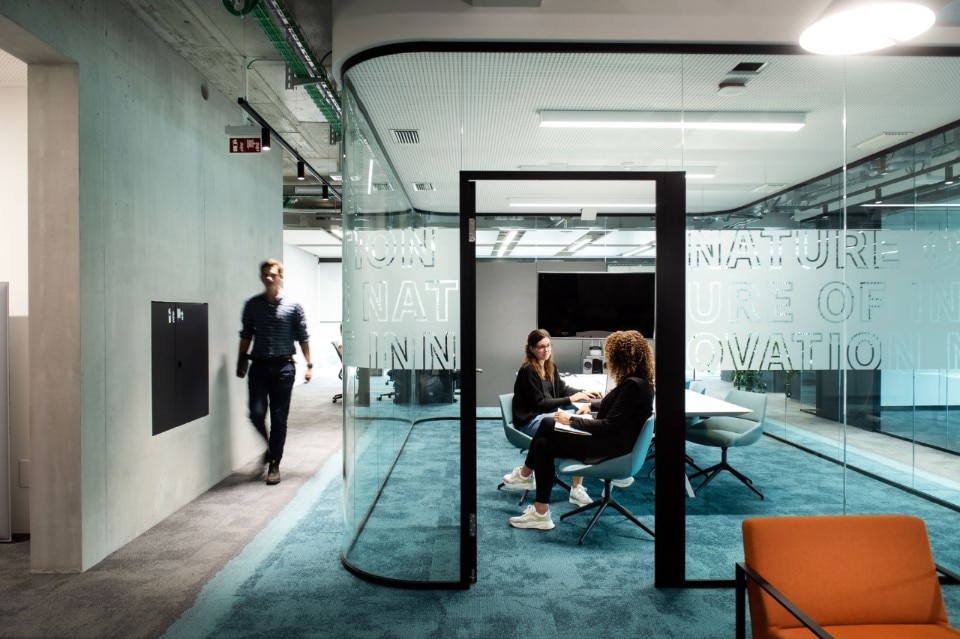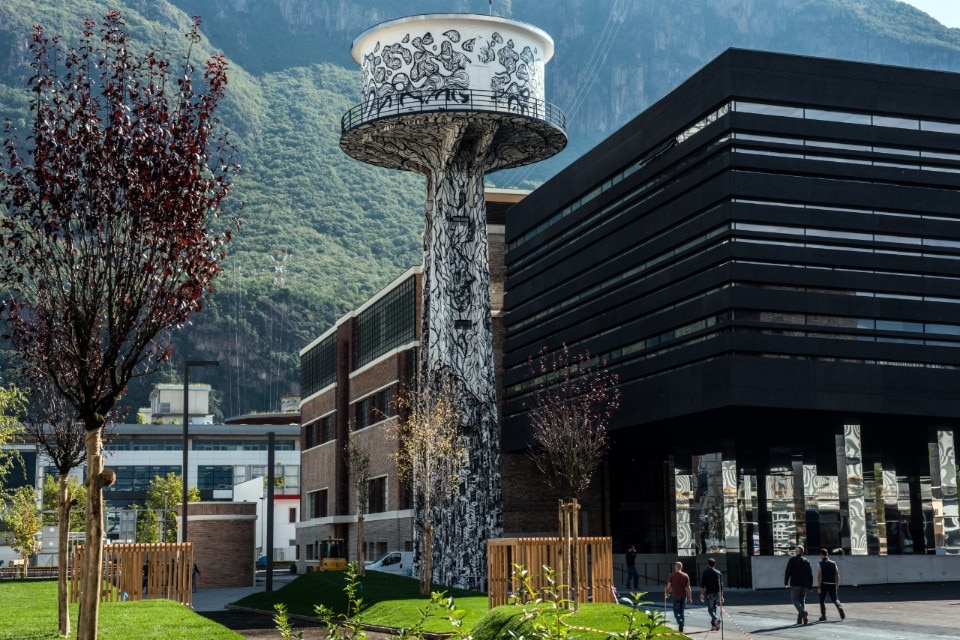The mythologies of a heat-engine twentieth century have given us the Motor City – Detroit – the more local scaled one-company towns – the Fiat-branded Turin, a more technological Olivetti-branded Ivrea – and, by the turn of the millennium, a narrative created by piecing together decades of tradition: the Motor Valley in Emilia, the land of Ferrari, Maserati, Lamborghini now turned into a world-famous territorial brand.
In the last decade, however, with Europe (and not only) pushing on the electrification of mobility, and a radically changing collective perception of cars, it is not surprising that, given the means and opportunities, another Italian motor valley could be born.

This is the case of the province of Bolzano, where such spirit has been framed in a broader spirit of “research valley”: for some time now, several research centers have populated the territory, linking themselves to its specificities and productions, but since 2017 it has been the Provincial government itself that has positioned on this scenario, with the opening of NOI TechPark on the outskirts of its capital, and with its automotive spin-off, a new center opened in Brunico in 2023.
First news: these projects of places search for a physical impact on the city and the territory as well, not only a socioeconomic effect, then, but something perceptible in space. The first step was the NOI TechPark in Bolzano – which Domus visited with Mini, NOI's partner for the UrbanShield project, linked to the Italian launch of the new full-electric Countryman and translated into an urban work by artist Luca Font developed with EmotiTech in anti-pollution paints – the transformation of a 12-hectare area formerly used for aluminum processing into an innovation district bringing together companies, start-ups, 3 research institutes, 4 different institutions and 3 faculties of the University of Bolzano, now welcoming 1. 200 people, a figure planned to double very soon.

The industrial complex had been built between 1936 and 1940, with Mussolini's aims of “Italianizing” South Tyrol while locating heavy manufacturing in an economically depressed area, then in the postwar period it had had its heyday, gradually declining toward closure by the end of the millennium. While preserving the rationalist language of the office buildings, listed since 2004, the province of Bolzano, which had acquired the areas, would then shape the design of a new research park with a competition in 2008, the arrival of Manifesta works into the area the same year (the piezometric tower transformed by Mariusz Waras), a long design process coordinated by Chapman Taylor Italia, Studio CLEAA and Andrea Cattacin, and a two-year construction process that led to the opening in 2017.
First news: these projects of places search for a physical impact on the city and the territory as well, not only a socioeconomic effect, then, but something perceptible in space.

It was not built “all and at once”, as Giuseppe Salghetti, Head of Communication & Public Engagement of NOI TechPark Bolzano, confirmed to us, but in steps, after probing the functionality of each new part to the ecosystem being defined, to avoid any resulting in nothing more than a real estate transaction. In fact, by autumn 2024 the city university’s engineering faculty will open on the site, while the already operational entities are covering key sectors of the South Tyrolean economy (Green, Food & Health, Digital and Automotive-Automation).
And above all, as Salghetti continued, with a great focus on being recognized and integrated by the social and cultural fabric of the city, avoiding the mistake of scattering spaces too much in the territory, creating a recognizable place that would bring people closer together to give the decisive breakthrough to the success of the project by giving the city something new, as well as landmark architectures such as the Black Monolith with its aluminum foam cladding and photovoltaic panels.

Automotive, then. The Pustertal valley, closer to the northern borders, has long been an area with great activity in the innovative components sector – one out of every three cars in the world has a component produced in South Tyrol on board – and this ties in with its social and economic configuration: connected as it is to seasonal agricultural work, it had long ago developed crafts districts to ensure work continuity through long autumns and winters, thus training multi-skilled and – not an secondary detail if we are talking European car manufacturing – German-speaking personnel. The Pustertal automotive district was thus born with eight members united in a network, which as of 2023 have a home in the NOI Techpark inaugurated in Bruneck, where a Unibz affiliated chair for research in the field of sustainable production, with a Sustainable Manufacturing Lab inside, has also been started.
In the last decade, however, with Europe pushing on the electrification of mobility, and a radically changing collective perception of cars, it is not surprising that another Italian motor valley could be born.
This research valley is the child of a global present: if in Emilia performance means racing performance, a goal and obsession since before the Motor Valley territorial brand existed, in Alto Adige the performance to be monitored is that of the individual research units hosted, constantly monitored, as per NOI TechPark's policy, according to productivity and profitability benchmarks proper to private facilities, even though it is a joint-stock company with an institution, the Autonomous Province of Bolzano, as a majority shareholder. And it is a research valley characterized by unity of place, acting as a catalyst for city and territory. Its evolution can only be assessed along with the evolution of the global mobility scenarios, while its most immediate new chapters will be represented by the gradual completion of the growing urban complex, where aluminum was once processed.
Opening image: NOI TechPark in Bolzano













